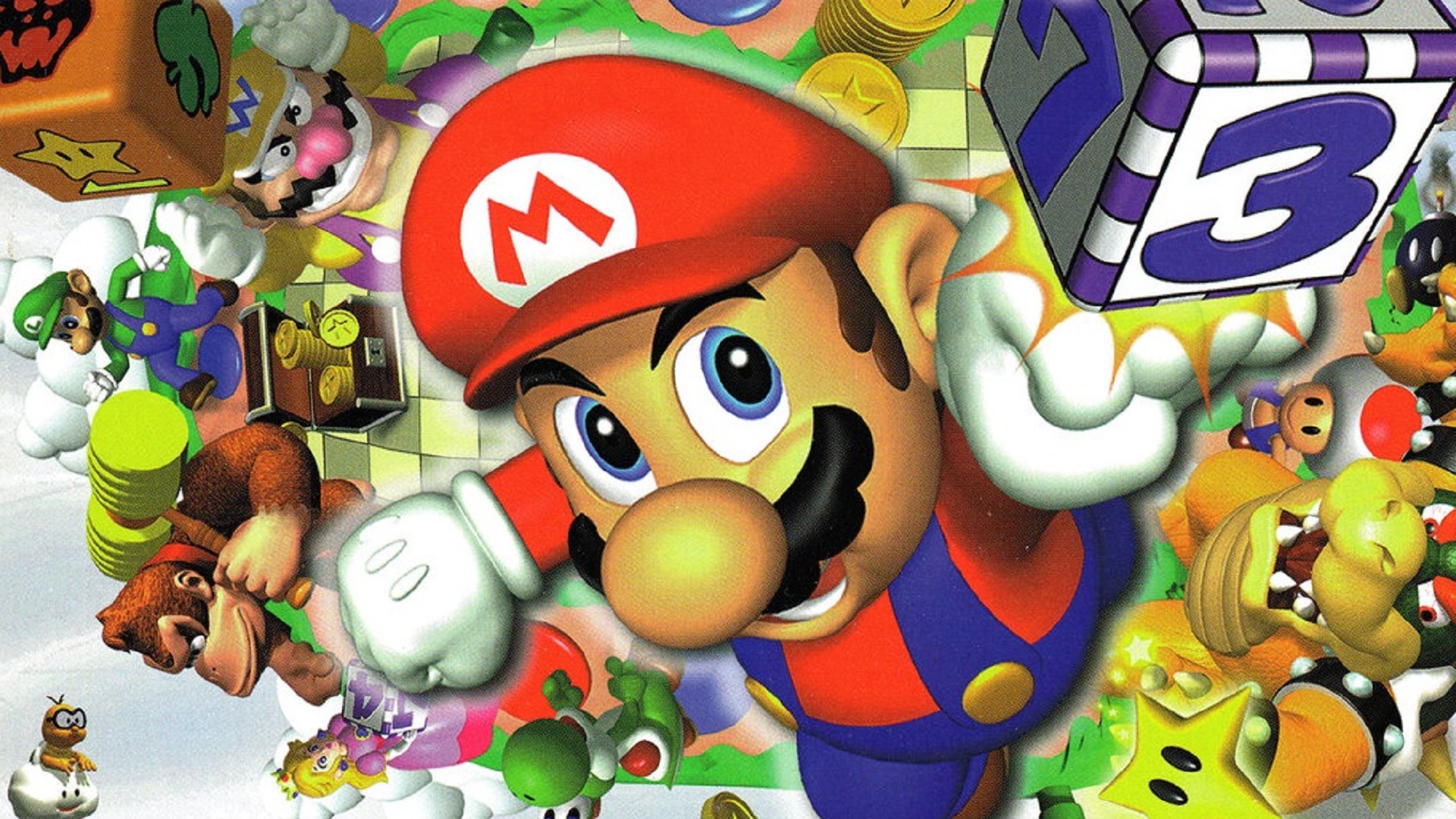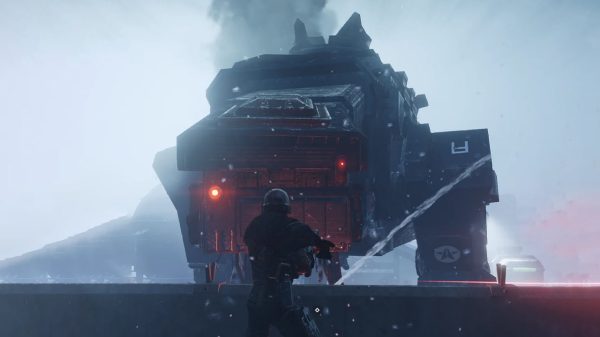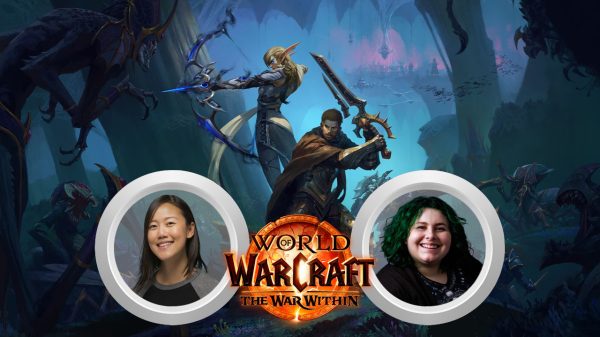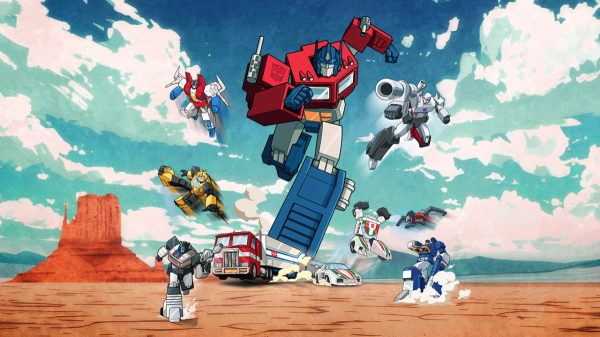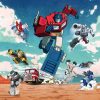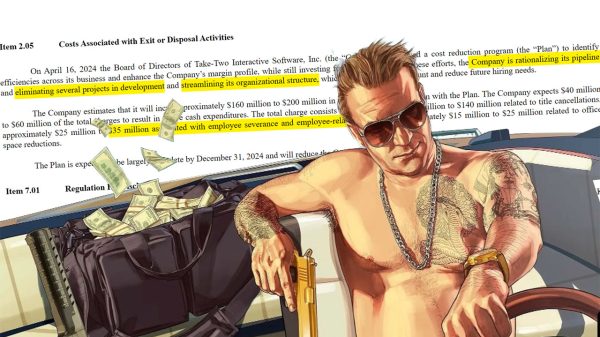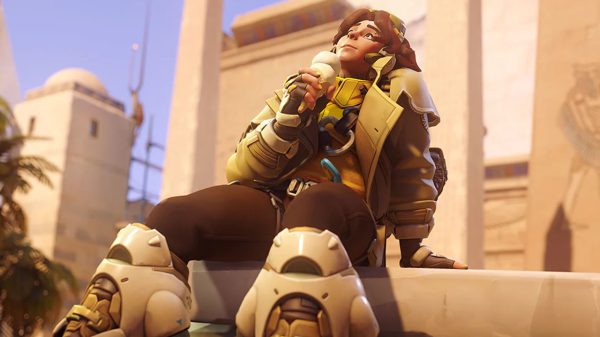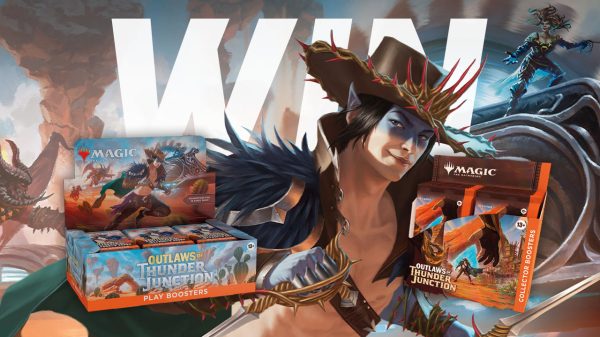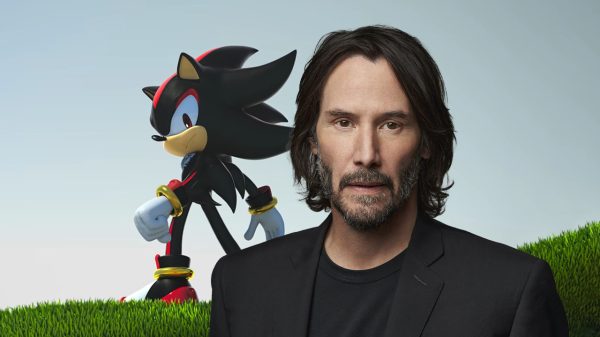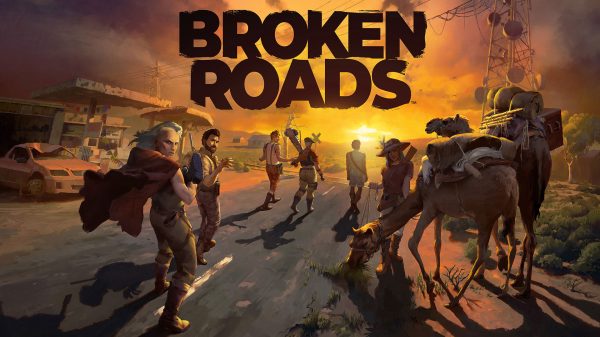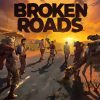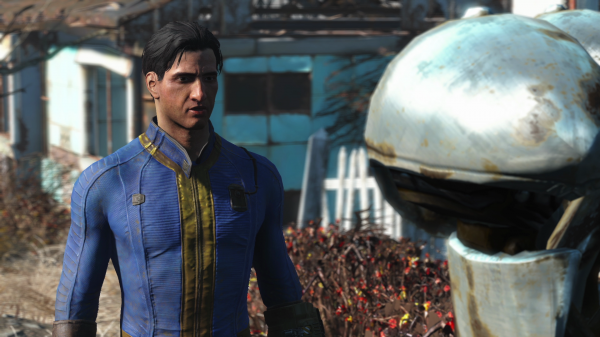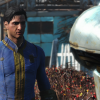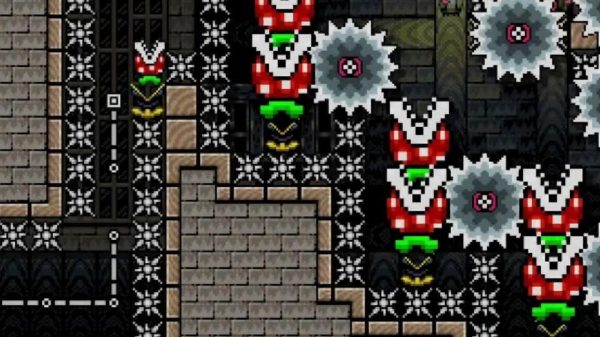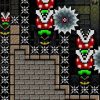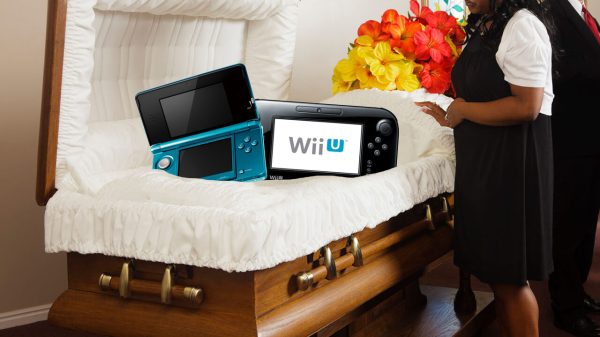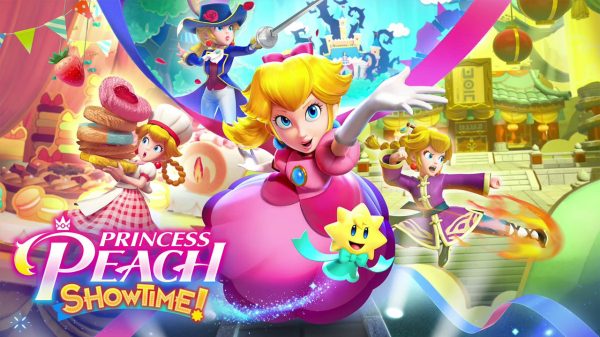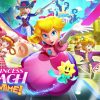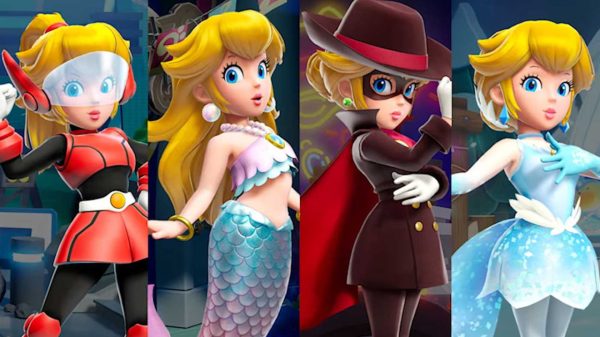Note: Most of the English-language material used in this article is from 1999, because that’s the year that Mario Party arrived in the West.
The Nintendo 64 is one of the most beloved consoles on the planet. Whether you’re one of its true believers or not, it’s hard to deny its influence on the gaming years that followed. Its games speak volumes in that regard: Ocarina of Time is the medium’s Citizen Kane moment, and Super Mario 64 blew people away with just how great 3D games could be.
But the N64 is perhaps most fondly remembered as one of the most solid consoles for multiplayer – if not the most. It was the first console with four controller ports built into the system itself to be a success, at a time when most competitors offered two. The reasoning for this is revealed in a 1996 interview with designer-god Shigeru Miyamoto:
‘We’ve decided to push this aspect mainly because for the first time we have a machine with a fast enough CPU to handle four independent screens at speed. That’s why we decided to include four joypad ports on the machine itself.’
NEXT Generation magazine, February 1996
While the N64’s actual ability to render four-player split-screen ‘at speed’ is debatable, its multiplayer offerings nonetheless packed a serious punch thanks to its easy access to four-player fun. Titles like Goldeneye 007, Pokémon Stadium, and Mario Kart 64 need no introduction. None of these classics, though, were built specifically to be played in multiplayer. Goldeneye’s in particular was a last-minute addition. The first N64 game to do so wasn’t even made by Nintendo themselves, but it would feature their most popular character.
Mario Party was the baby of Japanese studio Hudson Soft, a developer originally established in 1973 to sell radios. Between their shift in gears toward games in 1984 and Mario Party’s release in 1998, they’d developed and/or published 92 games. On top of that, Hudson were pioneers of competitive video gaming. From 1985, Hudson held several ‘Caravan Tours’ where players of all ages could compete for the highest score in a specific Hudson-developed game. It’s probably this trendsetting passion for competition in games, and their track record with development, that persuaded Nintendo to give the Mario license to Hudson. What they came up with would be their most famous legacy this side of Bomberman.
‘The Olympics. Final Jeopardy. Monster Truck Extravaganzas. They’re all mere child’s play compared to the biggest showcase of brains, talent and stamina of 1999 – Mario Party!’
Nintendo Power magazine, February 1999
Mario Party’s gameplay is so simple a monkey could play it. That’s why you could play as Donkey Kong – representation. Players move about one of six board game-inspired boards (more can be unlocked), hoping to get as many Stars as they can from the appropriate space before the turn limit runs out. See? Simple!
But I wouldn’t be writing about a 20-year-old game if that was literally all there was to it. Stars are acquired by paying for them with Coins when passing through a Star space, which is done by one of two ways. Firstly, finishing your turn on a blue space nets you a small number of them. Not all spaces on the board are created equal, though. Blue spaces may award you Coins if you end your turn on them, but red spaces take them away from you. Bowser spaces summon the King of the Koopas himself, either triggering a special mini-game or buggering just you in particular. Some mini-games even wrestle coins away from you, because you had the audacity to be bad at a party game!
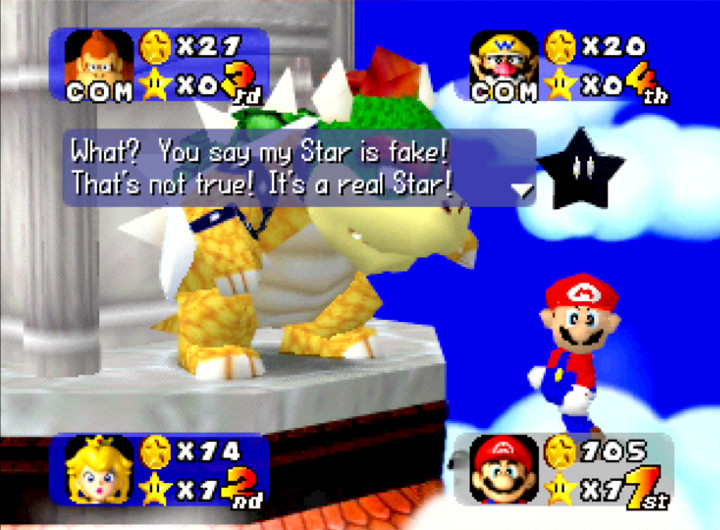
Bowser’s dirty tricks aren’t always the most elaborate
The second way to get Coins is where Mario Party truly shines: Winning mini-games. The original entry into the series boasts 50 of them in total, with varying player team combinations. Players are mostly pitted against each other in free-for-all games, but some mini-games have two-on-two or one-on-three. The series hasn’t really changed this winning formula much over the years, which is good – doesn’t get much better than that.
The mini-games on offer are what make up the most of the game’s 264MB size, which is as large as that of Ocarina of Time. They range from absolute bangers like Bumper Balls and Face Lift, all the way down to stinkers such as Tug o’ War or Paddle Battle. The latter two are part of an infamous kind of mini-game that was (thankfully) not repeated for years; rotating the analogue stick as fast as you can – and nothing else. The intent was obviously for players to use their thumbs, but people quickly found that using your palm was much faster.
This was neither good for your hands or your controller(s). Nintendo had to issue special gloves after thousands of players got hand injuries, and the press stressed the impact on controllers in reviews and previews:
‘Mario Party’s mini-games are extremely cool, sure, but we can only wonder at the damaging effects they’ll have on your poor joypad […] we suppose a busted joypad is worth the risk, seeing as how the games are so much fun and come in such a kick-ass variety.’
Electronic Gaming Monthly, March 1999
‘Warning: If you love your controllers, have your friends bring theirs when they come over to play this game. The endurance and button mashing contests are the ultimate test for Nintendo’s controllers. Expect plenty of ‘white dust’ around the analog stick… […] The fun is likely to last longer than your controllers.’
IGN, February 1999
This isn’t the only glaring oversight to Mario Party’s gameplay. While later incarnations would strike a more dignified balance between skill and luck, no such pretence exists here. Player-induced suffering takes a back seat to good ol’ bad luck and this frustrated players to no end. Star spaces are randomly selected from pre-determined spots on the board, and its position changes when its star is collected. Dice rolls, while an integreal part of the game, nevertheless provide many instances of losing streaks. Later games would iron these random elements out with further options for players to intentionally bugger each other over, but no such luck here.
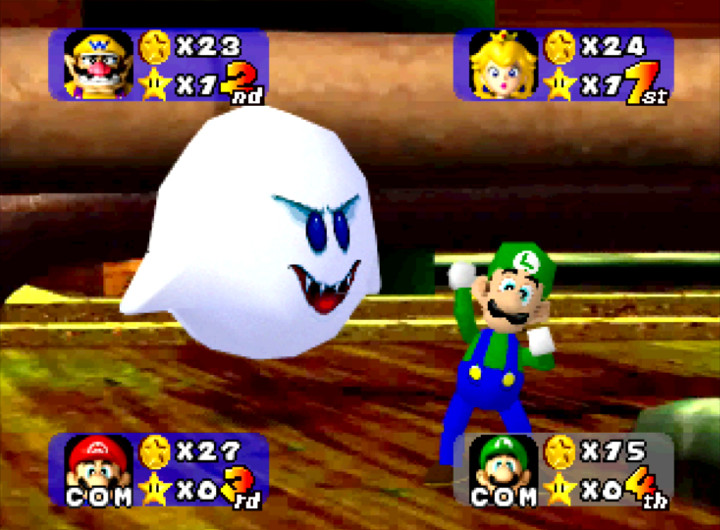
There’s nothing more spooky than daylight robbery
That’s not to say that the game lacked player-induced punishment entirely. Boards featured dividing paths, some of which could be blocked off with Coins. Boo spaces provided opportunities for petty theft, letting players steal Coins – and even Stars – from their (former) friends. The issue being that this is still up to chance; there are no player items yet that really you caught in the act. The dice are your new God. Game Informer magazine in particular had some choice words for this frustrating dynamic:
‘You’d think that a game with the words ‘Mario’ and ‘Party’ in it would be both fun and exciting, but nothing could further from the truth. The name is off, as the two words I would choose to describe this game are ‘Satan’ and ‘Torture. […] Heck, if I was a kid again, I’d run from this game like I would a spanking. As a matter of fact, I’d probably bite my lip and take the spanking rather than play this god-awful game again.’
Game Informer magazine, March 1999
As mentioned before later games would introduce more ways for players to screw each other over, and that’s where the series truly became the bane of friendships it’s remembered as. The sequel released a year later, introducing collectable and buyable items that could be used to help yourself or hinder your friends. The boards became more devious as well, giving players more obstacles to overcome. Other game modes were added in later instalments as well, such as Super Duel Mode in Mario Party 5 where you build battle machines and fight to the death. Some would swear by the first game’s more simplistic implementation of the basic idea, but everybody I’ve met says otherwise.
The controversial gameplay is a shame, because Mario Party’s presentation is actually quite good – for the N64. Everything’s presented in an easy-to-follow manner, especially the mini-game instructions. Information doesn’t clutter the screen, with most mini-games not having a UI at all. The graphics are the epitome of N64-thetic, a visual style that I honestly wish more indie games would emulate.
Even the story is a cheeky wink to the game’s pseudo-competitive mood. In it, Mario and his friends are arguing about who’s the ‘Super Star’, and they eventually decide that there’s only one way to find out for sure – playing Mario Party. Mario, Luigi, Peach, Wario (who does not, in fact, say ‘Doh I missed’), Donkey Kong and Yoshi make up the game’s roster. The instruction manual implies that they share unique gameplay attributes. These attributes aren’t in the game in any way, but just imagine. Could there have been a Mario party metagame?
Mario Party’s soundtrack, composed by Yasunori Mitsuda of Chrono Trigger fame, has a unique sound that the series would unfortunately never find again:
Here’s the crazy thing: Mario Party is not a good game. It’s a fun game, but not a good one. The mini-games are fun. The overarching game is fun. But neither are what people would call ‘good’ – it’s simply too randomised to be. It kickstarted one of the most iconic franchises in Nintendo’s catalogue, yet it’s completely overshadowed by its two N64 sequels. Mario Party’s fun doesn’t come from the game itself. Rather, it comes from who you play it with.
Playing Mario Party alone is an objectively bad time. The computers are either too good at the game or not good enough, making that sweet spot very hard to find. The atmosphere that comes from having other people in the same room is half of the fun. Besides the single-party mini-games, there’s actually bugger all that’s designed with one person in mind. Remember, this is the first Nintendo game to be made with multiplayer being front and centre.
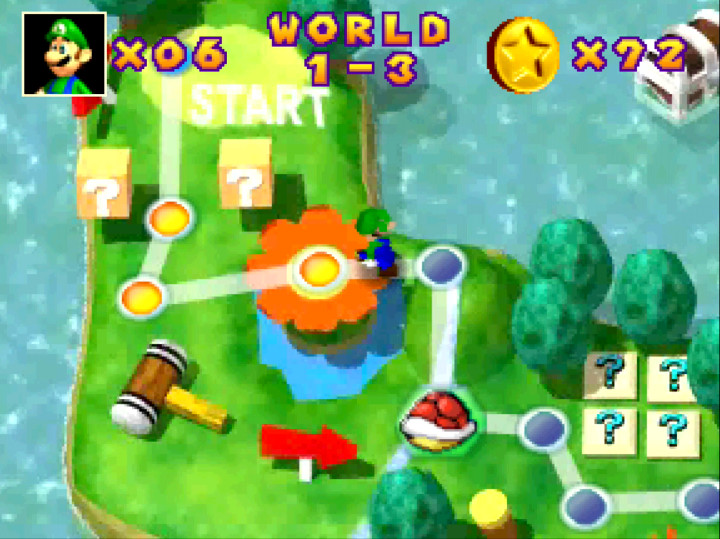
The single-player mode is just beating all the mini-games, one by one
But when you can find friends to play it with, there’s really no game quite like Mario Party. Being ‘the best’ at Mario Party is like being ‘the best’ at Mario Kart: Having that title won’t grant you prestige, but you’re guaranteed a challenger if there’s one of the games available at that moment.
Mario Party is really a relic of a time long-past: a time before online multiplayer separated us from our friend’s couch and put us behind a headset. A time when you could bring your mates over and just play a video game for hours. A time when you could jump out of the couch in unison with shouts of victory after your friend nails that close call. When you could punch that one kid who kept taking your Stars, even when you weren’t in the lead. You know he was just playing the game, but you didn’t care. He was next to you, with that dumb smile on his face, and that was all that mattered.
Doing all of that over a headset doesn’t feel right if you’re old enough to remember a time when split-screen multiplayer was king. Shouting at somebody over the Internet isn’t the same as giving the evil eye to the cheeky bastard who got the Star that you were one space away from. That’s the real beauty of Mario Party. It’s a game that shines if you’re with people you can let loose around:
‘Really, it’s that multiplayer competitive spark of screaming at and/or cheering for your friends that injects life into these often-simple little games, and without it, they’re just simple little games.’
GameSpot, February 1999
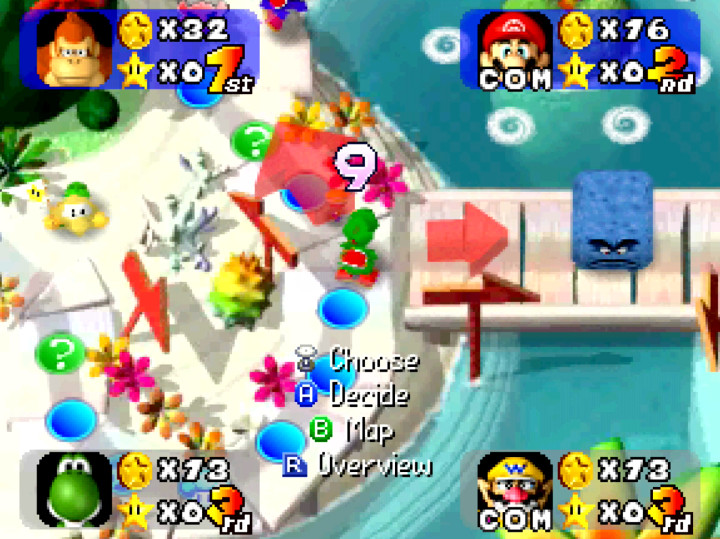
The agony of choice
By the time Mario Party hit Japanese shelves on December 18, 1998 – 20 years ago today – games made for parties were already available. Video games based upon existing board games became popular in the West during the late 1980s in the wake of the NES’ popularity. Japanese mini-game compilations can be traced back to the mid-1990s. But Mario Party is the first game to truly earn the title of ‘party video game’. It provides a gameplay experience that’s almost impossible to replicate in reality, a formula that proved so successful that it helped this first Mario Party game sell 2.7 million copies.
Needless to say, Mario Party’s schtick has been copied many times by others wanting a piece of that party pie. But party pies are too small to split. They’re made with the express purpose of eating it in one, maybe two bites. Mario Party is such a niche kind of game that it’s literally impossible to try anything even remotely similar to it, and not think of Mario Party.
It’s a schtick that only Hudson Soft could have pulled off. Their previously-mentioned penchant for competition manifested itself into a game (and eventually a franchise) that’s tested more friendships than drinking your mate’s last can of coke without asking but you know what you did Jared just come clean and we can move on with our lives. It may not be the best game in the series, but Mario Party was first. And in its own rules, that makes it the Super Star.
non-linked sources / further reading
Physical
Electronic Gaming Monthly, no. 116, March 1999
Game Informer, no. 71, March 1999
Mario Party instruction manual, Nintendo, 1999
Nintendo Power, no. 117, February 1999
Online
GameSpot review, February 8th 1999:
https://www.gamespot.com/reviews/mario-party-review/1900-2544761/
IGN review, February 11th 1999:
https://au.ign.com/articles/1999/02/12/mario-party
Screenshots are from N64 Today:
https://n64today.com/2018/10/21/mario-party-review/
Arana blames her stunted social skills and her general uselessness on a lifetime of video games. Between her ears is a comprehensive Team Fortress 2 encyclopedia. Her brain remains at large.




